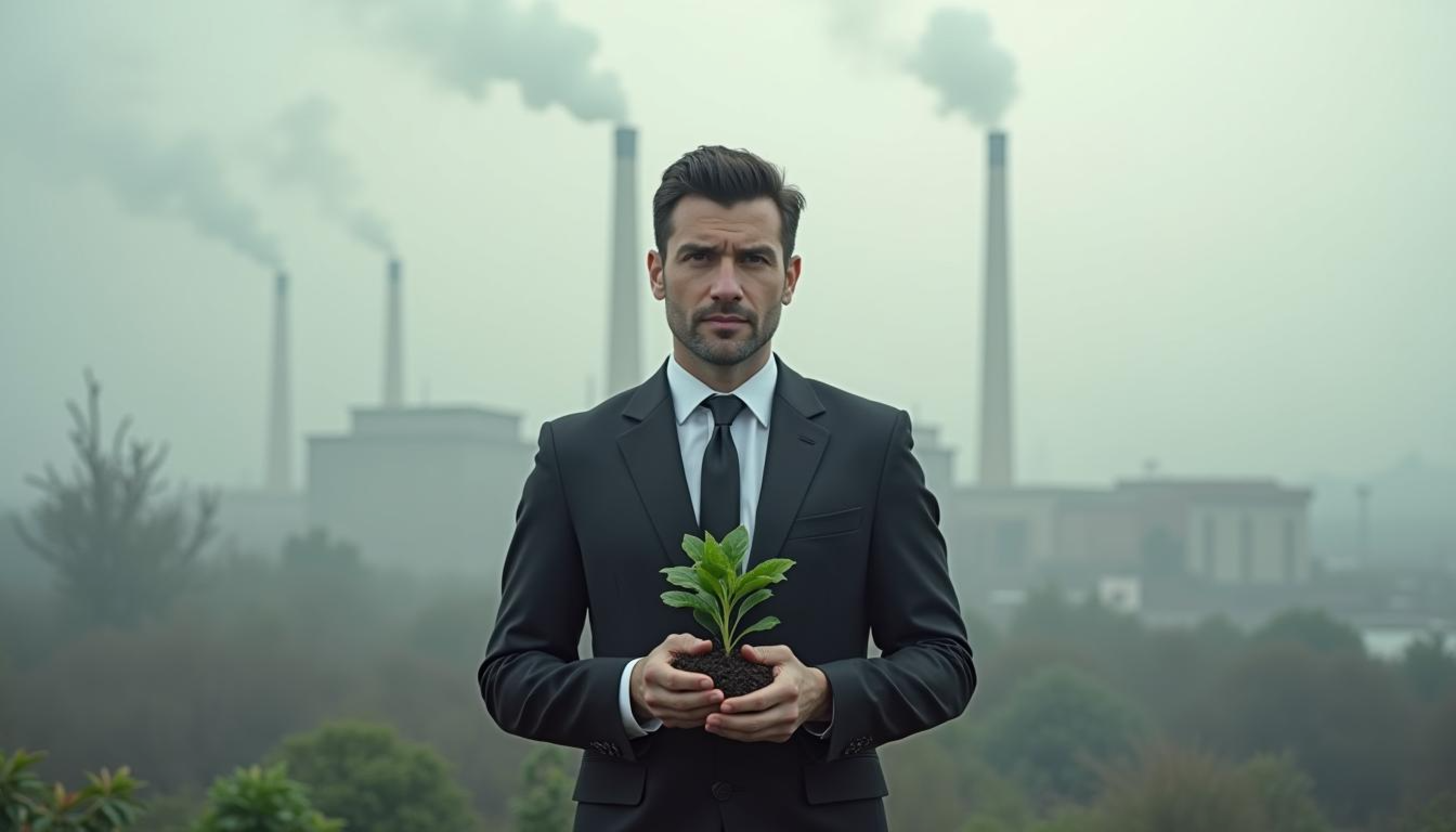We all know that air pollution has an adverse impact on our health. Whenever we face any serious health issue, we use even the last paisa we have for the treatment.
How much does poor air quality costs to India as a whole?
You will be surprised when you look at the data.
During 2019, it was estimated, that India lost close to Rs. 225,000 Crores equivalent to 28.8 billion US Dollars due to lost output from premature deaths attributable to air pollution. Ooof! That’s a lot of money.
The output loss due to short-term and long-term health sufferings is big too! It’s around Rs. 62,500 Crores equivalent to around 8 billion US Dollars.
This total economic loss is equivalent to 1.36% of India’s GDP. Don’t consider it small. It’s huge!
The businessmen in India hardly realise that they collectively lose close to Rs. 742,000 Crores each year which is equivalent to 95 Billion US Dollars. Imagine this to be 50% of the tax collected annually or 150% of India’s healthcare budget.
Do we still wish to look the other way while knowing the adverse economic impact air pollution costs?
Absenteeism from work due to sufferings from air pollution costed 1.3 billion working days. Now, how would you convert this into the business opportunity lost?
During high air pollution days, the employees’ productivity is estimated to drop by 8-10%. How would our usually high management education and wisdom plug the financial loss it creates?
Will your customers venture out to buy products during the days of high air pollution? That’s another area of concern!
These numbers are based on studies during 2019*. The current situation could be more serious. If we collectively don’t work about it, the danger will keep growing unabated.
Pointing fingers won’t help. A joint resolve and combined action would.
It’s time to S.A.V.E. the economy from macro impacts. It’s time for business enterprises to take micro actions to save for themselves.
Gautam Buddha said, “No one saves us but ourselves. No one can and no one may. We ourselves must walk the path.” Beyond conference talks, cocktail circuits, drawing room discussions and WhatsApp proclamations, it’s the efforts that counts for every business to S.A.V.E. through consistent commitment and actions. There is no single blueprint or toolkit. Each business must ensure actions that lead to impact based on the situation it is in. More than any powerful idea, it is the powerful execution that matters. It will be a misconception if each business thinks about changing India. India is too big. It is important to confine itself, initially, in areas which are directly affected as an outcome of doing business. Following the law of the land is the primary responsibility in the era of growing acceptance of ESG – Environment, Social and Governance. A fallacy that needs to be avoided is to confine it within the budgetary strings of CSR – Corporate Social Responsibility. Remember, it is not the ambient air quality which is a matter of concern for businesses in India. Studies have found that the indoor air-quality is 2 – 5 times** more alarming at the workplaces where employees spend major part of their work life.
How can businesses contribute to and benefit by the S.A.V.E. efforts?
S – Strategy
Does Health, Clean Air, Environment etc. form an integral part of your business strategy? If yes, how are you practicing it? If no, when and how do you wish to revisit your vision, mission, strategy, business goals etc.? Time to un-learn and relearn is now.
A – Accelerate new work culture and habits
Beyond the adornment of vision, mission and strategy on the walls of the organisations and beyond the PowerPoint proclamation of sustainability to showcase the intent, it is the people in the organization who have to re-adopt to a new role, form new habits and collectively change the work culture to create the rightful impact. What is your plan of enlightening them with the challenges to their health due to poor air quality and enabling them to take corrective and preventive steps?
V – Vie for ambitious targets
Hardly any sense of urgency is observed amongst the businesses in India to work towards health of their people and ensuring cleaner air. The damage is profound, yet the efforts have not gone beyond window dressing. It’s time to change the perspective. Every employee, vendor, customer and business associate breathe 25,000 times a day. Their depleting health damages your business. It’s time to read this emergency along with the data on excel sheets. It’s time to become proactive with clear goals and accomplishments in the areas of influence envisaged by each business.
E – Employee Wellness Re-definition
Businesses take pride in highlighting the employee healthcare packages they offer when things go wrong. Why don’t they think of not letting the things go wrong? What are your plans of always ensuring the right health of your employees? This can bring considerable rise in employees’ productivity and your profitability. Change your perspective. Change your results.
Warren Buffett said, “Someone’s sitting in the shade today because someone planted a tree a long time ago.” Indeed, the best time to protect against air pollution was perhaps 30 years ago but the second-best time is NOW. The numbers crunching will happen each year. The macro impact will keep escalating. The micro protection of business is your own responsibility. The time to S.A.V.E. is running away.
Dr. A P Maheshwari, Patron, Lung Care Foundation
Dr. Rajiv Khurana, Founder – Trustee, Lung Care Foundation
* 1 Dollar = 78.06 INR
Source:
1. Pandey, A. et al. (2021) ‘Health and economic impact of air pollution in the states of India: the Global Burden of Disease Study 2019’, The Lancet Planetary Health, 5(1), pp. e25–e38. doi:10.1016/S2542-5196(20)30298-9.
https://www.thelancet.com/action/showPdf?pii=S2542-5196%2820%2930298-9
2. Air pollution and its impact on business, 2021
**https://www.epa.gov/report-environment/indoor-air-quality


